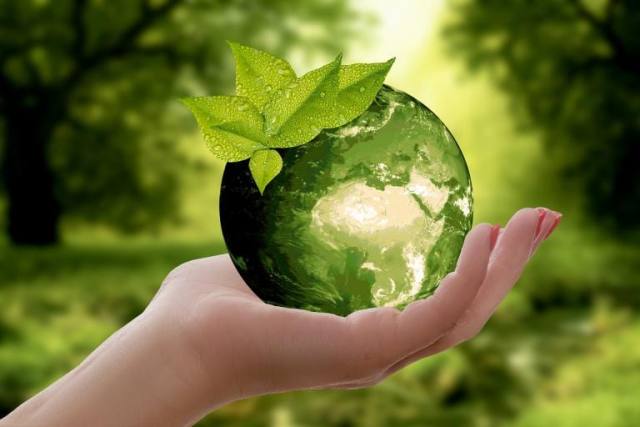by Prashin Jhobalia, VP Marketing Strategy, House of Hiranandani
The rising demand for homes has led to the large-scale development of residential projects across the length and breadth of the country. The demand is witnessed among all income groups leading to exponential growth in the sector. As per the Economic Times Housing Finance Summit estimates, the current shortage in urban areas is approximately 10 million units. An additional 25 million affordable housing units are required by 2030 to meet the demand.
Developers are striving hard to meet the demands with a cognizant approach toward a sustainable future by incorporating green practices in housing projects. The sustainability initiatives are primarily based on the 3Rs – Reduce, Reuse and Recycle.
Green practices followed in the development of residential projects
Construction activities lead to high energy consumption and carbon emissions. To overcome this, developers construct net-zero buildings, ie, buildings whose energy consumption is approximately equal to their energy output. These projects use energy-efficient technologies like geothermal air conditioning, LED lighting, and solar panels.
The buildings are constructed with green materials like fly ash bricks, materials with high recyclable content, regional building materials, high reflectance terrace tiles, and rock wool insulation for outer walls. The door frames and shutters are made of bamboo jute composite material.
The architecture incorporates wastewater management and rainwater harvesting for recycling purposes. Water consumption is reduced by using low-discharge water fixtures, plants with low water demand in landscaping, and curing compounds while carrying out construction activities.
The Energy and Resources Institute (TERI) and the Ministry of New and Renewable Energy (MNRE) of the Government of India are promoting green initiatives by introducing India’s rating system - Green Rating for Integrated Habitat Assessment (GRIHA).
Every state government also has its green building policy to leverage green buildings' tangible and intangible benefits. Tangible benefits are reducing energy and water consumption by 20-30%. Intangible benefits include excellent day-light, enhanced air quality, health and well-being of occupants, safety measures, and conservation of diminishing natural resources. The goal is to sustain biodiversity without disrupting the natural habitats and reduce loss from soil erosion.
Urban horticulture
With rapid urbanization, city centers and extended suburbs gain residential and commercial growth momentum. It is imperative to conserve the environment by reducing pollution and carbon footprints. To take the noble initiative forward, urban horticulture is an admirable approach.
Urban horticulture studies the relationship between vegetation and the urban environment. It leads to the restoration and integration of greenery as a part of human communities and civilization. Flora and fauna in the neighborhood help reduce temperature effects and infrared radiations due to global warming.
Developers of residential projects emphasize designs and architectures that enable adaptation to a changing environment with urban horticulture and community gardens. Many developers give unprecedented importance to horticulture landscaping and regional plantations that suit the region’s climate. Their extensive teams of horticulturists have been actively involved in deriving insights into botanical and physical factors. They pay crucial attention to promoting regional ecology that aids plants’ survival and ease of maintenance. The plantation of native species of trees and shrubs and low lawn areas reduce water consumption. Their study and research differentiate the vegetation in a tropical region like Mumbai from New Delhi, Bengaluru, or Chennai.
Deforestation in many areas has led to ecological imbalance and unpredictable weather conditions. Taking note of the repercussions, developers are adopting the concept of Miyawaki Forests in townships. The method involves planting one tree per 1 sq.m, reducing space requirement, ensuring 30 times denser forest, and growing 10 times faster than the conventional way.
Urban horticulture has social benefits like promoting open spaces and improving residents’ health and life quality. The plantations beautify the aesthetics of the surroundings and create a positive community atmosphere for living and recreation.
The way forward
Many more green initiatives from developers and allied players in the construction sector can help conserve valuable natural resources and gift a sustainable future to the next generation. Humankind needs to keep exploring the people-plant relationship to make the earth a better planet and a place to live for all.






